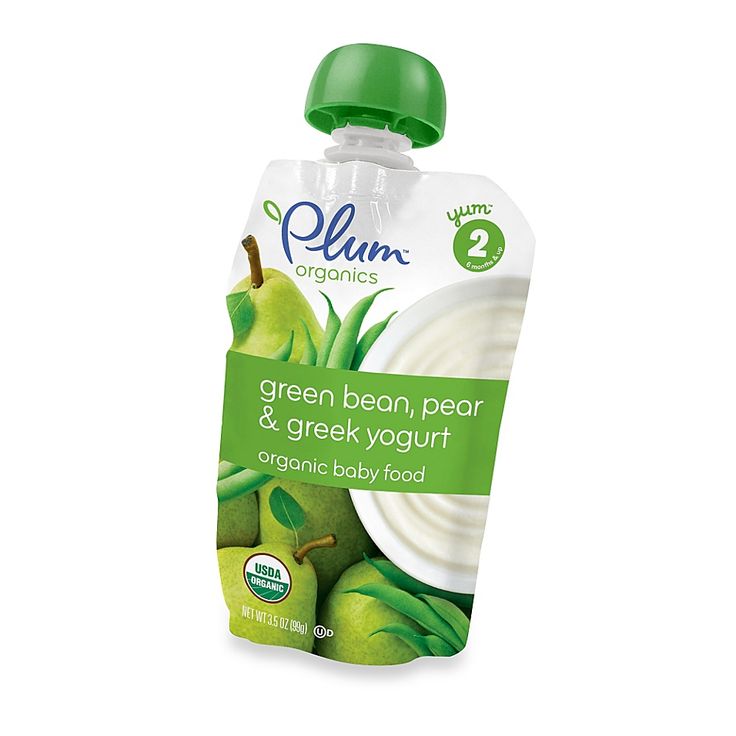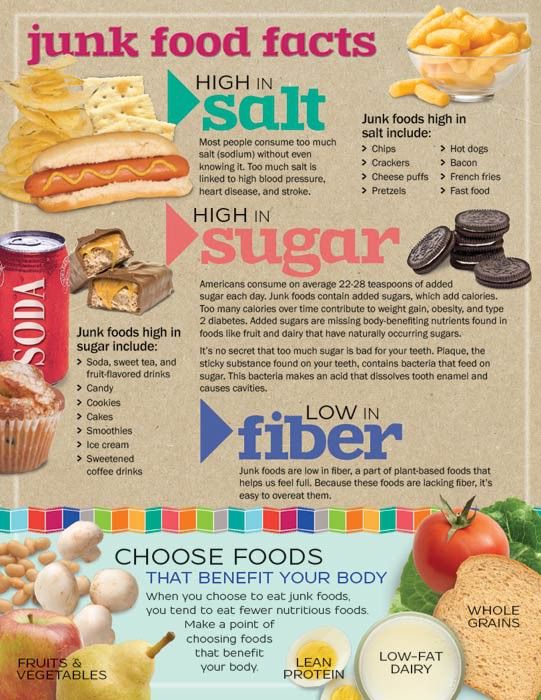How much to feed babies solids
Balancing introducing solids with milk feeds
When to introduce solids?
At around 6 months of age babies need to start having solid foods as well as breastmilk or formula. Find out how to get started with solid foods and what are the best foods to start with.
At 6 months, your baby will still be getting most of their nutrition from breast milk or formula.
As you introduce solid foods, continue feeding with breastmilk or formula until at least 12 months of age.
Start to introduce solid foods at around 6 months of age when:
- your baby can sit up with support and has good head control
- your baby starts to show interest in food such as watching and reaching out when they see food
Even though some babies show these signs from an earlier age, continue to offer your baby breastmilk or formula if they appear hungry. This is usually all they need until around 6 months. It’s recommended that you don’t introduce solids before 4 months.
How to introduce solid foods into your baby’s diet
Start feeding your baby solids once a day. Your baby will take only small amounts of solid foods at first. Try one teaspoon at first of pureed vegetable, fruit, or rice cereal in between milk feeds.
From 6 to 9 months continue to give your baby breastmilk or formula first, then try solids after the milk.
From 9 months you can try to give solids first, then breastmilk or formula. This allows for your baby to naturally transition to solids by around 12 months.
At around 8 to 9 months try giving your baby solids as part of breakfast, lunch, and dinner.
Continue breastmilk or formula through the first year of life while foods are being introduced. From around 6 months you can try small amounts of cooled boiled water out of a sippy cup.
Which foods first?
From 6 months of age baby’s first foods should contain iron. Foods that have iron, include:
- iron-fortified baby cereals
- meat
- poultry
- fish
- cooked tofu
- legumes - lentils, beans, or chickpeas
Guidelines recommend that you can introduce foods in any order and at a pace that suits your baby, family, and cultural backgrounds, as long as some foods servings contain iron.
Your baby’s first foods can be smooth, mashed or have soft lumps.
Choose from the 5 food groups.
Vegetables and legumes
Give your baby cooked and pureed:
- pumpkin
- sweet potato
- carrots
- potato
- peas
- broccoli
- cauliflower
- zucchini
Over time puree them less so the texture gets lumpier.
Then introduce vegetables that are cooked but not pureed.
Fruit
Give your baby stewed and pureed:
- apples
- pears
- peaches
- apricots
- berries
Your baby might also like to try mashed ripe banana.
Gradually introduce pieces of cooked fruit, banana, peach and grated raw apple.
Avoid larger pieces of raw apple; babies can choke on them.
Grains and cereals
Give your baby fortified infant cereals (e.g. rice cereal) to start.
Move to cooked rolled oats, wholegrain breakfast biscuits (Weetbix, Vita Brits) or thick infant cereals.
Don’t add sugar or honey or offer cereals with chocolate or added sugar.
Meat, fish, poultry, eggs, legumes, tofu
Meat, fish, poultry eggs, legumes, tofu should always be pureed when you start introducing solids.
When your baby accepts this, offer them bite size pieces of:
- chicken
- minced meat
- flaked fresh or canned fish (in spring water)
- mashed tofu
- mashed legumes
- scrambled or mashed boiled eggs
Don’t add salt. Also avoid processed meats as they have a lot of salt.
Milk, cheese, yoghurt
Formula should be used only until your baby is 12 months old. Then small amounts of milk can be added to foods like porridge. Breast feeding is recommended to continue until the age of 2 or longer.
Grated cheese is good in mashed vegetables.
Choose yoghurt without added sugar. Add fruit for extra flavour
What drinks should I be giving my baby?
After 12 months of age breastmilk, water (clean tap water or bottled water) and full fat cow’s milk should be the main drinks you offer your baby.
Keep breastfeeding for as long as you and your baby like.
Switch from formula to full fat ordinary cow’s milk after 12 months. Your child doesn’t need toddler milk products. Offer your baby a cup to drink from rather than a bottle. Your one-year-old should be exclusively drinking from a toddler cup.
From about 12 months, you can try rice milk and oat milk (fortified with at least 100mg calcium/100mL) if you want. But these drinks don’t have enough protein and vitamin B12. Your baby will need to have plenty of meat, poultry, fish, eggs, yoghurt, or cheese to make up for what they’re not getting from cow’s milk.
How much should I feed my baby?
Your baby will grow at different rates at different times. Their appetite can vary, even from day to day.
Babies don’t know what to eat but they know how much. Provide wholesome, healthy unprocessed food choices. Take your cue from your baby. Babies tend to turn away or lose interest when they’ve had enough to eat.
Finger foods and self-feeding
By 9 to 12 months, most babies like finger foods. Finger foods are foods they can hold themselves.
Some also like to hold their own spoon at that age. It will be messy! But learning to feed themselves is important.
By 12 months, your baby can eat the same healthy food you serve your family.
Foods to limit or avoid when introducing solids
There are some foods and drinks you should limit or avoid:
- coffee and tea, herbal drinks are not recommended
- fruit juice
- honey until 12 months (to prevent botulism)
- processed foods
- raw or runny eggs (bacteria in raw eggs can be harmful to babies)
- sugar sweetened drinks
- unpasteurised milks
Low-fat milks are not recommended in the first 2 years of life. Goat’s milk, sheep’s milk, soy milk, coconut milk and almond milk should also be avoided before the age of 2 unless your doctor recommends them.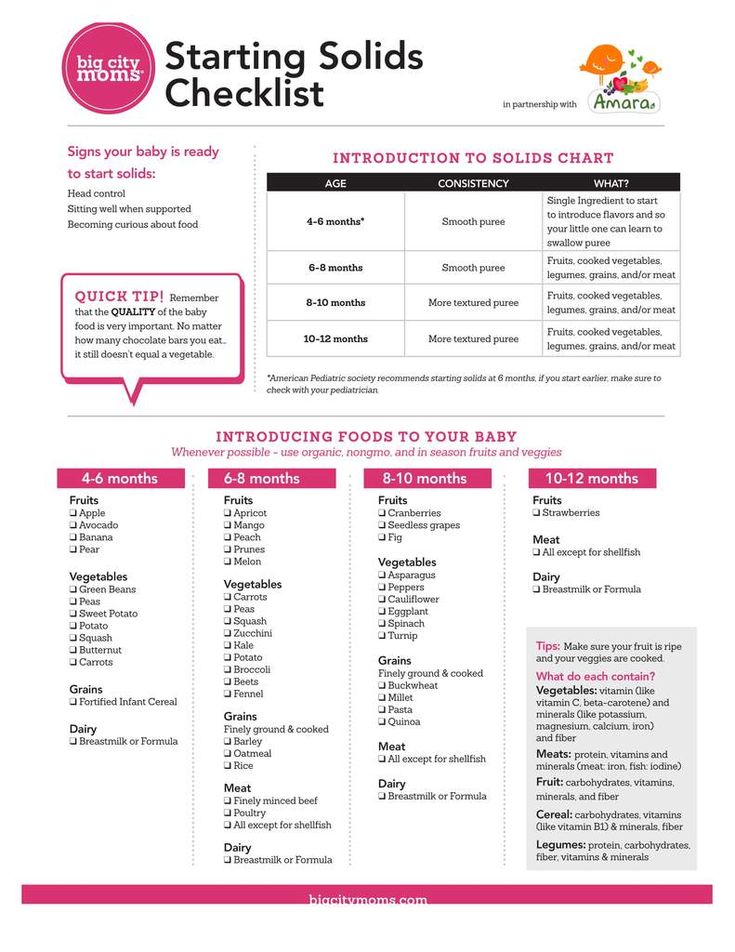
Avoid small hard foods such as whole nuts and uncooked vegetables until 3 years. These can be choking hazards.
If your family doesn’t use animal products, your baby may need a vitamin B12 supplement. Discuss this with your doctor.
Seek help from your health care professional if you are worried about your baby’s eating or development.
Fruit — give your baby stewed and pureed apples, pears, peaches, apricots and berries, or mashed ripe banana. Gradually introduce pieces of cooked fruit, banana, peach and grated raw apple. Avoid larger pieces of raw apple; babies can choke on them.
Grains and cereals — give your baby fortified infant cereals (e.g. rice cereal) to start. Move to cooked rolled oats, wholegrain breakfast biscuits (Weetbix, Vita Brits) or thick infant cereals. Don’t add sugar or honey and don’t use cereals with chocolate or added sugar.
Meat, fish, poultry, eggs, legumes, tofu — make them pureed at the start. When your baby accepts this, offer them pieces of chicken, minced meat, flaked fresh or canned fish (in spring water), mashed tofu, mashed legumes, scrambled or mashed boiled eggs. Don’t add salt and avoid processed meats as they also have a lot of salts.
When your baby accepts this, offer them pieces of chicken, minced meat, flaked fresh or canned fish (in spring water), mashed tofu, mashed legumes, scrambled or mashed boiled eggs. Don’t add salt and avoid processed meats as they also have a lot of salts.
Milk, cheese, yoghurt — breast milk or formula should be used for up to 12 months, then small amounts of milk can be added to foods like porridge. Grated cheese is good in mashed vegetables. Choose yoghurt without added sugar. Add fruit for extra flavour.
How much?
Babies grow at different rates at different times. Their appetite can vary even from day to day.
Babies don’t know what to eat but they know how much. Take your cue from your baby. Healthy babies turn away or lose interest when they’ve had enough.
Finger foods and self-feeding
By 9 to 12 months, most babies like finger foods.
Some also like their own spoon at that age. It will be messy, but learning to feed themselves is important.
By 12 months, serve the same healthy food you serve your family, but without hot spices.
Encourage infants to feed themselves.
If you have stopped breastfeeding, switch to ordinary cow’s milk after 12 months. Use a cup rather than a bottle. Limit the amount of cow’s milk to around 500ml per day. Under health professional supervision, you can use full fat rice milk or oat milk with at least 100mg calcium per 100mL if you want, as long as other sources of protein are included (meat, chicken, fish, eggs, legumes or nut butters).
Your child doesn’t need toddler milk products.
If your family doesn’t use animal products, your baby may need a vitamin B12 supplement. Discuss this with your doctor.
Learn more here about the development and quality assurance of healthdirect content.
Feeding your baby: 6–12 months
At 6 months of age, breastmilk continues to be a vital source of nutrition; but it’s not enough by itself. You need to now introduce your baby to solid food, in addition to breastmilk, to keep up with her growing needs.
Be sure you give your baby her first foods after she has breastfed, or between nursing sessions, so that your baby continues to breastfeed as much as possible.
When you start to feed your baby solid food, take extra care that she doesn’t become sick. As she crawls about and explores, germs can spread from her hands to her mouth. Protect your baby from getting sick by washing your and her hands with soap before preparing food and before every feeding.
Your baby's first foods
When your baby is 6 months old, she is just learning to chew. Her first foods need to be soft so they’re very easy to swallow, such as porridge or well mashed fruits and vegetables. Did you know that when porridge is too watery, it doesn't have as many nutrients? To make it more nutritious, cook it until it’s thick enough not to run off the spoon.
Feed your baby when you see her give signs that she's hungry – such as putting her hands to her mouth. After washing hands, start by giving your baby just two to three spoonfuls of soft food, twice a day. At this age, her stomach is small so she can only eat small amounts at each meal.
At this age, her stomach is small so she can only eat small amounts at each meal.
The taste of a new food may surprise your baby. Give her time to get used to these new foods and flavours. Be patient and don’t force your baby to eat. Watch for signs that she is full and stop feeding her then.
As your baby grows, her stomach also grows and she can eat more food with each meal.
Feeding your baby: 6–8 months old
From 6–8 months old, feed your baby half a cup of soft food two to three times a day. Your baby can eat anything except honey, which she shouldn't eat until she is a year old. You can start to add a healthy snack, like mashed fruit, between meals. As your baby gets increasing amounts of solid foods, she should continue to get the same amount of breastmilk.
Feeding your baby: 9–11 months old
From 9–11 months old, your baby can take half a cup of food three to four times a day, plus a healthy snack. Now you can start to chop up soft food into small pieces instead of mashing it. Your baby may even start to eat food herself with her fingers. Continue to breastfeed whenever your baby is hungry.
Your baby may even start to eat food herself with her fingers. Continue to breastfeed whenever your baby is hungry.
Each meal needs to be both easy for your baby to eat and packed with nutrition. Make every bite count.
Foods need to be rich in energy and nutrients. In addition to grains and potatoes, be sure your baby has vegetables and fruits, legumes and seeds, a little energy-rich oil or fat, and – especially – animal foods (dairy, eggs, meat, fish and poultry) every day. Eating a variety of foods every day gives your baby the best chance of getting all the nutrients he needs.
If your baby refuses a new food or spits it out, don’t force it. Try again a few days later. You can also try mixing it with another food that your baby likes or squeezing a little breastmilk on top.
Feeding non-breastfed babies
If you're not breastfeeding your baby, she’ll need to eat more often. She'll also need to rely on other foods, including milk products, to get all the nutrition her body needs.
- Start to give your baby solid foods at 6 months of age, just as a breastfed baby would need. Begin with two to three spoonfuls of soft and mashed food four times a day, which will give her the nutrients she needs without breastmilk.
- From 6–8 months old, she’ll need half a cup of soft food four times a day, plus a healthy snack.
- From 9–11 months old, she’ll need half a cup of food four to five times a day, plus two healthy snacks.
what products are possible, features of complementary foods
It is no secret that young and not very experienced mothers receive information on the nutrition of an infant, including recommendations on how to introduce the first complementary foods, mainly from two sources: grandmother's stories and from the Internet. Unfortunately, both of these respected sources of information may voluntarily or not voluntarily, but be very mistaken, since grandmothers grew up in a more prosperous time in terms of environmental conditions, and the Internet is littered with various articles that are rarely written by professionals, moreover, they rely either on explicit outdated guides on baby food, or frankly on unverified information.
In this article, I will try to combine the latest scientific data and recommendations on how to introduce the first complementary foods with many years of observations from the experience of a practical pediatrician and an allergist-immunologist.
At what age is it time to introduce the first complementary foods
According to the recommendations of the Research Institute of Nutrition of the Russian Academy of Medical Sciences, the first complementary foods can be introduced from 4.5 - 5 months, regardless of the type of feeding. This is "average". In practice, the choice of when to start introducing complementary foods still depends on the individual characteristics of the child. For example, for a child with widespread atopic dermatitis (diathesis), we will not introduce complementary foods until at least acute skin symptoms, such as cracks, weeping or secondary eczema, have steadily disappeared. Increased dryness and flaking of the skin, of course, require constant application of moisturizers to the skin, but in no case are they a contraindication to the start of the introduction of the first complementary foods.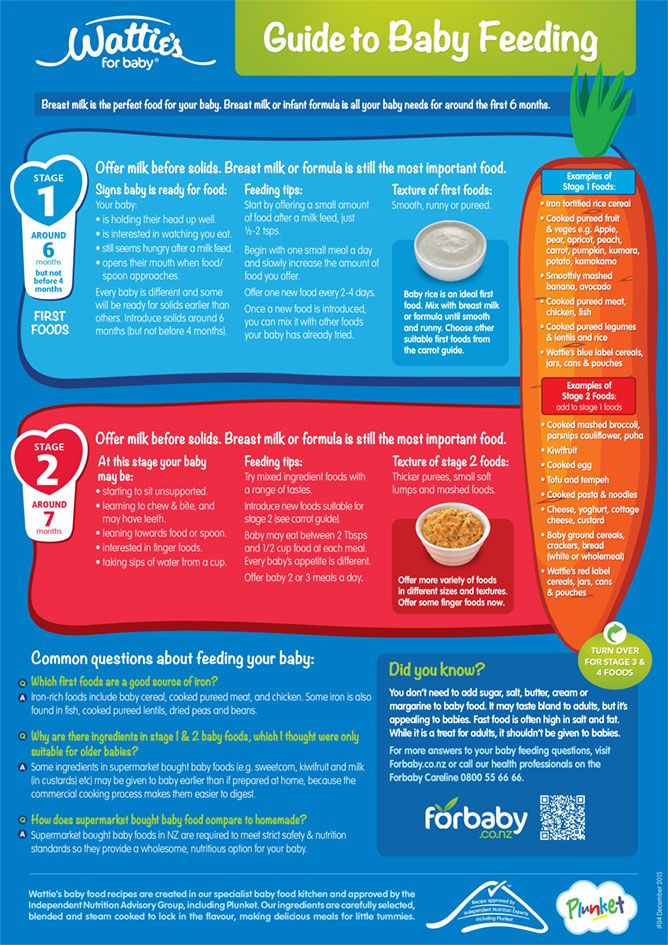
Another important point when choosing the time to start introducing complementary foods is the dynamics of the child's weight gain. The more intensively the child gains in height and weight, the sooner he may need additional calories, since the energy value of breast milk or artificial formula alone will most likely not be enough for a child who grows faster than his peers by 4 - 5 months. We must not forget that natural products contain a fairly large range of minerals and vitamins, and a mother’s body, alas, cannot be an eternal and bottomless source of useful nutrients, somewhere something will gradually begin to be missed.
In addition, the nature of lactation in the mother has a great influence on the timing of the introduction of complementary foods. If a nursing mother begins to feel a lack of milk, I would prefer to first give her advice on stimulating lactation, and at the same time begin to introduce complementary foods. It will be better than introducing an artificial mixture. But I repeat that the earliest start date for the introduction of the first complementary foods is the age of 4 months, before the child's body is not yet ready, the risk of developing allergies is also high.
But I repeat that the earliest start date for the introduction of the first complementary foods is the age of 4 months, before the child's body is not yet ready, the risk of developing allergies is also high.
So, we agree with you that the first complementary foods can be introduced no earlier than 4 months of a child's life.
First complementary foods: Which foods to choose?
The first complementary foods, as a rule, should consist of vegetable or fruit purees, but in no case juices. Still, juices, even for children, are highly filtered, mainly contain a large amount of organic acids and “light” carbohydrates (that is, sugar, to make it clear to everyone). I will not waste time explaining why juices are harmful to an infant, but I will describe a clinical case from practice.
Parents with an 8-month-old girl came to the reception. Somewhere from 5 months she practically did not gain weight, although before that all indicators were normal. In the analyzes, apart from visible signs of iron deficiency, slightly reduced hemoglobin, no pathology was also detected. The main complaint: "does not eat anything." And when I began to find out what she still eats, it turned out that the child drinks half a liter of juice every day. But porridge or cottage cheese, or mashed potatoes cannot be forced together, they spit everything out. I don't like the taste. And so - for three months. The child, of course, became very nervous, yelling at night, demanding juice.
The main complaint: "does not eat anything." And when I began to find out what she still eats, it turned out that the child drinks half a liter of juice every day. But porridge or cottage cheese, or mashed potatoes cannot be forced together, they spit everything out. I don't like the taste. And so - for three months. The child, of course, became very nervous, yelling at night, demanding juice.
So draw your own conclusions and be careful.
For the first feeding, this is now recognized by everyone, the best dishes are vegetable purees from green varieties of vegetables: zucchini, cauliflower, broccoli. The first complementary foods are introduced, starting with half a teaspoon, in the morning for three days, then gradually increase the amount of the product to 40-50 grams per week. Supplemented with breast milk or formula.
For problems with stools, constipation, it’s good to start introducing prune puree, green apple, you can try pumpkin, even apricot puree, but in no case start with carrots. Beta-carotenoids, which are abundant in carrots, are generally poorly absorbed and can cause allergies in a child.
Beta-carotenoids, which are abundant in carrots, are generally poorly absorbed and can cause allergies in a child.
Second food. Porridge or meat?
Even 5 - 6 years ago, we taught students at the medical institute that from 5 - 5.5 months old, an infant should begin to give cereal porridge for complementary foods. This is rice, buckwheat, corn. The first week you can cook 5% porridge: 5 grams of ground cereal per 100 ml of water. Then the porridges are cooked already denser: 10 grams of cereal per 100 ml of water. But now, basically everyone uses instant (soluble) cereals, which are diluted with water according to the instructions on the package. In addition, ready-to-eat liquid cereals are on sale: for example, Bellakt, Frutonyanya, etc.
Why meat? You ask. According to modern recommendations (they really began to change quite often), but in this case I support: if a child has a pronounced decrease in hemoglobin in the blood below 100 g / l by the age of 5 months, it makes sense to start introducing fruit or vegetable purees as a second types of complementary foods - meat purees as a source of the most well-absorbed heme iron. You need to choose from varieties such as turkey, rabbit, lamb. Beef and veal can only be offered to children who did not have red cheeks and diathesis.
You need to choose from varieties such as turkey, rabbit, lamb. Beef and veal can only be offered to children who did not have red cheeks and diathesis.
In the absence of problems with low hemoglobin, feel free to introduce porridge as the second meal of complementary foods, especially if the child is small and does not gain weight very well. In this case, we can recommend breeding cereals with the addition of breast milk or a mixture (Nan, Nutrilon, Celia, Nanny). With mixtures based on goat's milk, parents of children with a predisposition to allergies should be very careful. Goat milk formulas are not the best choice for babies who are allergic or intolerant to cow's milk protein, whatever the internet says. Believe me, there are serious scientific articles by foreign authors, which provided data on a very high frequency of cross-allergy between cow and goat milk proteins in children who were transferred to goat milk mixtures. And I saw it myself in my practice, when a child with dermatitis was transferred to a mixture of goat's milk, there was a clear improvement for a month or two, and then all over again and with a doubled degree of allergic skin damage.
Introduction to fermented milk products
This is the most difficult question. I am sure that most of our grandparents demand that their stupid parents start drinking milk and kefir as soon as possible. In a number of cases, children really start to absorb sour-milk products quite well after 6 months, but before this age I am very careful even with sour-milk Agusha, and even introducing milk or kefir before 6 months is a bad form, believe me, and can lead to very bad consequences for the child. I understand the Western European medical community, which has recently banned its pediatricians from recommending fermented milk products for complementary foods for children under 3 years of age, just imagine!
They (the Europeans) need to do something with their artificial milk mixtures. Even 20 years ago, we did not know other mixtures after the "two", that is, the second formula for children from 6 to 12 months. Then there were formulas for children from 1 to 2 years old, then from 2 to 3 years old, and now there are already mixtures for children up to 4 years old, and I think if this goes on, then until the age of sixteen there will be their own milk substitutes. Dismiss me, I don't think this approach is correct. But the fact is that our grandparents had much better genetics than the generation of our children, alas. In the context of the growth of medical capabilities, genetically determined diseases are also growing, and in this case, intolerance to cow's milk protein, and with every 10 years there are more and more such people among us. But if a child really suffers from an allergy to cow's milk protein or is severely deficient in enzymes, then he will carry this peculiarity through his whole life, and most likely he will not drink milk or kefir himself, and there is no need to force him if he himself won't want to!
Dismiss me, I don't think this approach is correct. But the fact is that our grandparents had much better genetics than the generation of our children, alas. In the context of the growth of medical capabilities, genetically determined diseases are also growing, and in this case, intolerance to cow's milk protein, and with every 10 years there are more and more such people among us. But if a child really suffers from an allergy to cow's milk protein or is severely deficient in enzymes, then he will carry this peculiarity through his whole life, and most likely he will not drink milk or kefir himself, and there is no need to force him if he himself won't want to!
But you are lucky with genetics, and no one in the family has ever had an allergy (which is hard to imagine nowadays), and most importantly, if your child has always had perfectly clean skin, then the first of the dairy products - cottage cheese, you will begin to offer your child with 7 months, kefir - from 10 months. Milk - after a year. It will be better this way.
Milk - after a year. It will be better this way.
But if your family does not have a very close and joyful relationship with milk, then it is better to postpone even the introduction of kefir and yogurt into complementary foods for a child until the age of 18 months.
Fish day and first meal
Fish is a very healthy product, rich in vitamins and antioxidants, but it must also be introduced carefully. I advise you to start introducing the first fish food at about 7-8 months. It is better to start with species such as cod, hake, haddock. The rules are the same: the first three days on the "gram," then slowly add. If there are no problems in a week or two, you can try such delicacies as tuna or salmon, of course, canned children, if you can find it. It is better not to mess with trout and salmon in the first year of life, this fish is all stuffed with dyes and antibiotics.
No matter how hard I tried, the article about the first complementary foods turned out to be long. Thank you for reading to the end, I hope it will be useful. If you have questions about the introduction of complementary foods, you can write your appeals on our website in the question to a specialist section. A short answer can be obtained on the Internet, but in order to make a diagnosis and give a detailed consultation, of course, you need to come to a face-to-face appointment with a pediatrician and a pediatric allergist.
Thank you for reading to the end, I hope it will be useful. If you have questions about the introduction of complementary foods, you can write your appeals on our website in the question to a specialist section. A short answer can be obtained on the Internet, but in order to make a diagnosis and give a detailed consultation, of course, you need to come to a face-to-face appointment with a pediatrician and a pediatric allergist.
how many spoons, grams per day
Published: 06/21/2020
Reading time: 4 min.
Number of reads: 24852
Author of the article: Ponomareva Yulia Vladimirovna
Pediatrician, Candidate of Medical Sciences, Allergist-Immunologist
The introduction of complementary foods is a responsible and necessary period in the life of both parents and children. In essence, this is a transitional stage of nutrition, when the baby's body gradually moves from easily digestible, maximally adapted breast milk to a varied adult diet.
Content: Hide
- Individual program
- Rules for Introduction
- at what time and how often to give
- child refuses to eat
- Individual intolerance
- Preparation of complementary foods
Individual program 9000
of introduction, and also also The order of choice of products is always individual. Ideally, parents should work with their pediatrician to develop a complementary feeding schedule for their baby. It takes into account many factors, such as the state of health of the child, whether the baby was born full-term, how he gains height and weight every month, whether the mother has enough milk, and how the process of maturation of the baby's digestive system occurs. As the first product of complementary foods, experts recommend choosing vegetable puree or porridge. It is better to prefer specialized industrial products with a high level of safety, quality raw materials and modern manufacturing technologies.
Introduction Rules
Any new complementary foods should be started when the baby is healthy, without interfering with preventive vaccinations or any planned significant events in the baby's life. The mother herself should avoid eating foods that are unusual for her traditional diet these days in order to objectively assess the reaction to the product introduced to the baby. It is always necessary to start with a monocomponent composition, that is, from one type of vegetable or cereal without the addition of salt and sugar, and also initially prefer products with a low risk of developing allergic reactions. Any new product should be introduced gradually, starting with a small amount. “How much to give complementary foods for the first time?” is a traditional question for many parents. Start introducing complementary foods with ½-1 teaspoon, which corresponds to about 5-10 grams of vegetables or cereal.
When and how often to give
Introduce the new product once a day in the morning, before breastfeeding. When the baby is hungry, he will be more willing to try a product that tastes very different from his usual milk or formula. When you start complementary foods in the morning, you have time to observe possible reactions to a new food. If you do not notice any significant changes in the baby's health, repeat the introduction of the same type of complementary foods in the amount of 1 teaspoon in the next two days. Increase the amount of product introduced gradually, so the child's digestive tract will smoothly adapt to the new food. If complementary foods are well tolerated, in about 10 days, bring the amount to the required amount recommended at this age. For an infant at 5 months, the volume of feeding should be about 150 ml. Do not be upset if the child at first eats only half of the prescribed volume. Each baby has his own characteristics and preferences, if he starts to turn away from the spoon, stop and supplement him with breast milk.
When the baby is hungry, he will be more willing to try a product that tastes very different from his usual milk or formula. When you start complementary foods in the morning, you have time to observe possible reactions to a new food. If you do not notice any significant changes in the baby's health, repeat the introduction of the same type of complementary foods in the amount of 1 teaspoon in the next two days. Increase the amount of product introduced gradually, so the child's digestive tract will smoothly adapt to the new food. If complementary foods are well tolerated, in about 10 days, bring the amount to the required amount recommended at this age. For an infant at 5 months, the volume of feeding should be about 150 ml. Do not be upset if the child at first eats only half of the prescribed volume. Each baby has his own characteristics and preferences, if he starts to turn away from the spoon, stop and supplement him with breast milk.
The child refuses to eat
Read also: How much does a newborn eat per feeding?
The best option is when the baby is happy to eat a new complementary food and tolerates it without any reactions.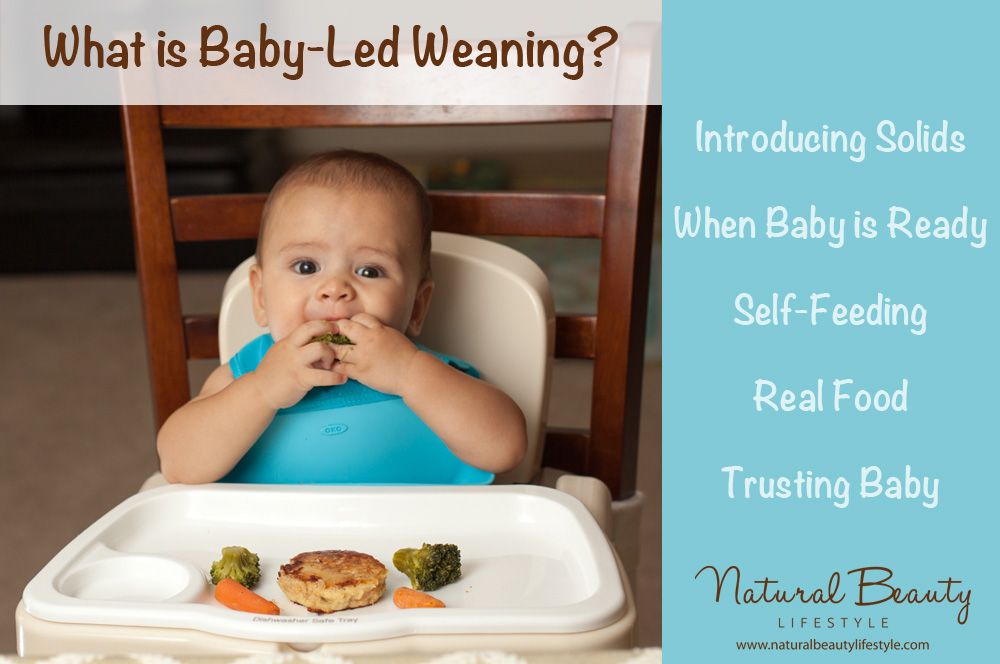 But what if the baby is naughty and rejects the offered food? Do not panic, this situation occurs quite often, because for a child it is completely different from the usual food. He needs to adapt to the innovations in his life. Do not insist that the baby necessarily eat the offered food, but the next day give him the opportunity to try it again. It often takes 10-15 attempts for a child to get used to a new taste and taste the product. Another secret that can improve the perception of the baby is the addition of mother's milk to the complementary foods. Familiar smells and tastes will increase your child's interest in new foods. Use expressed milk to make porridge by warming it up a little in a water bath, and then add the right amount for the desired consistency of the finished dish. You can also add a small amount of mother's milk to vegetable puree during the adaptation period.
But what if the baby is naughty and rejects the offered food? Do not panic, this situation occurs quite often, because for a child it is completely different from the usual food. He needs to adapt to the innovations in his life. Do not insist that the baby necessarily eat the offered food, but the next day give him the opportunity to try it again. It often takes 10-15 attempts for a child to get used to a new taste and taste the product. Another secret that can improve the perception of the baby is the addition of mother's milk to the complementary foods. Familiar smells and tastes will increase your child's interest in new foods. Use expressed milk to make porridge by warming it up a little in a water bath, and then add the right amount for the desired consistency of the finished dish. You can also add a small amount of mother's milk to vegetable puree during the adaptation period.
Individual intolerance
The problem is when the baby not only refuses a new food, but he has signs of intolerance.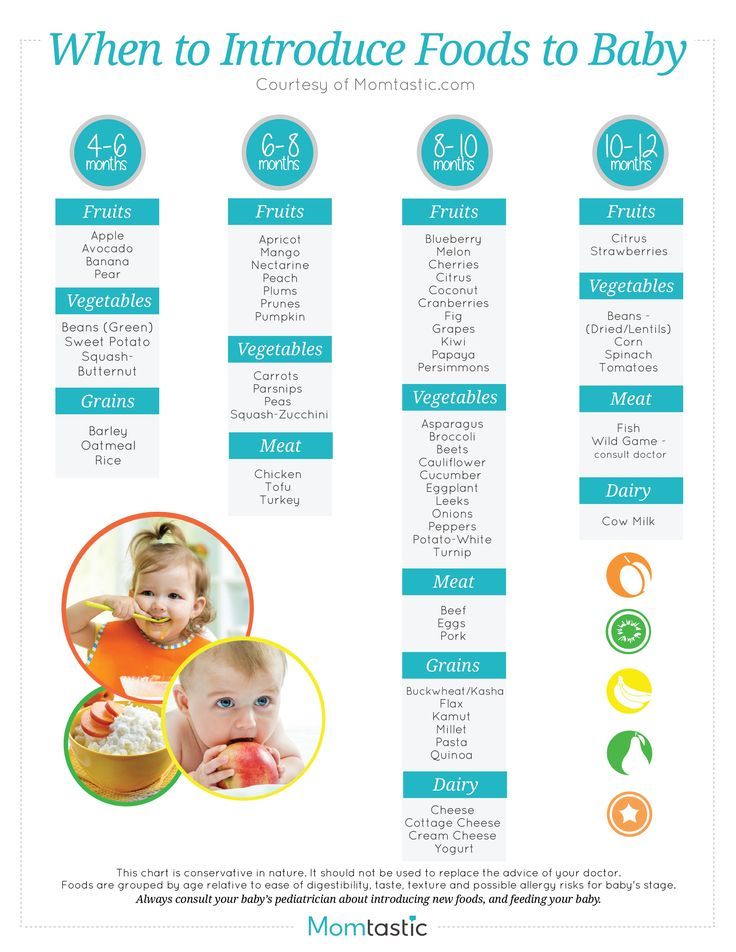 Most adverse reactions occur within the first 6 hours after eating. Always carefully examine the baby's skin for a rash, watch for changes in the digestive system, pay attention to the baby's behavior and sleep. After taking a new product, the child should not have vomiting, abdominal pain, loose stools or retention. There may be a temporary change in the consistency of feces or the appearance of heterogeneous lumps, this is the norm at this stage. In the event of an undesirable reaction, it is necessary to stop the introduction of a new product; in case of serious violations of the baby's health, it is necessary to seek the advice of a pediatrician. It is possible to resume the introduction of complementary foods only after the condition is normalized, not earlier than 7 days after the reaction. In this situation, it is better to introduce another possible food group into the diet next. So, if regurgitation or abdominal pain was noted against the background of the introduction of vegetable puree, you can try porridge instead.
Most adverse reactions occur within the first 6 hours after eating. Always carefully examine the baby's skin for a rash, watch for changes in the digestive system, pay attention to the baby's behavior and sleep. After taking a new product, the child should not have vomiting, abdominal pain, loose stools or retention. There may be a temporary change in the consistency of feces or the appearance of heterogeneous lumps, this is the norm at this stage. In the event of an undesirable reaction, it is necessary to stop the introduction of a new product; in case of serious violations of the baby's health, it is necessary to seek the advice of a pediatrician. It is possible to resume the introduction of complementary foods only after the condition is normalized, not earlier than 7 days after the reaction. In this situation, it is better to introduce another possible food group into the diet next. So, if regurgitation or abdominal pain was noted against the background of the introduction of vegetable puree, you can try porridge instead.





